Training made simple: How to get back to basics
Toggling through today's training sessions and their associated intricacies is almost as laborious an undertaking as the ride itself
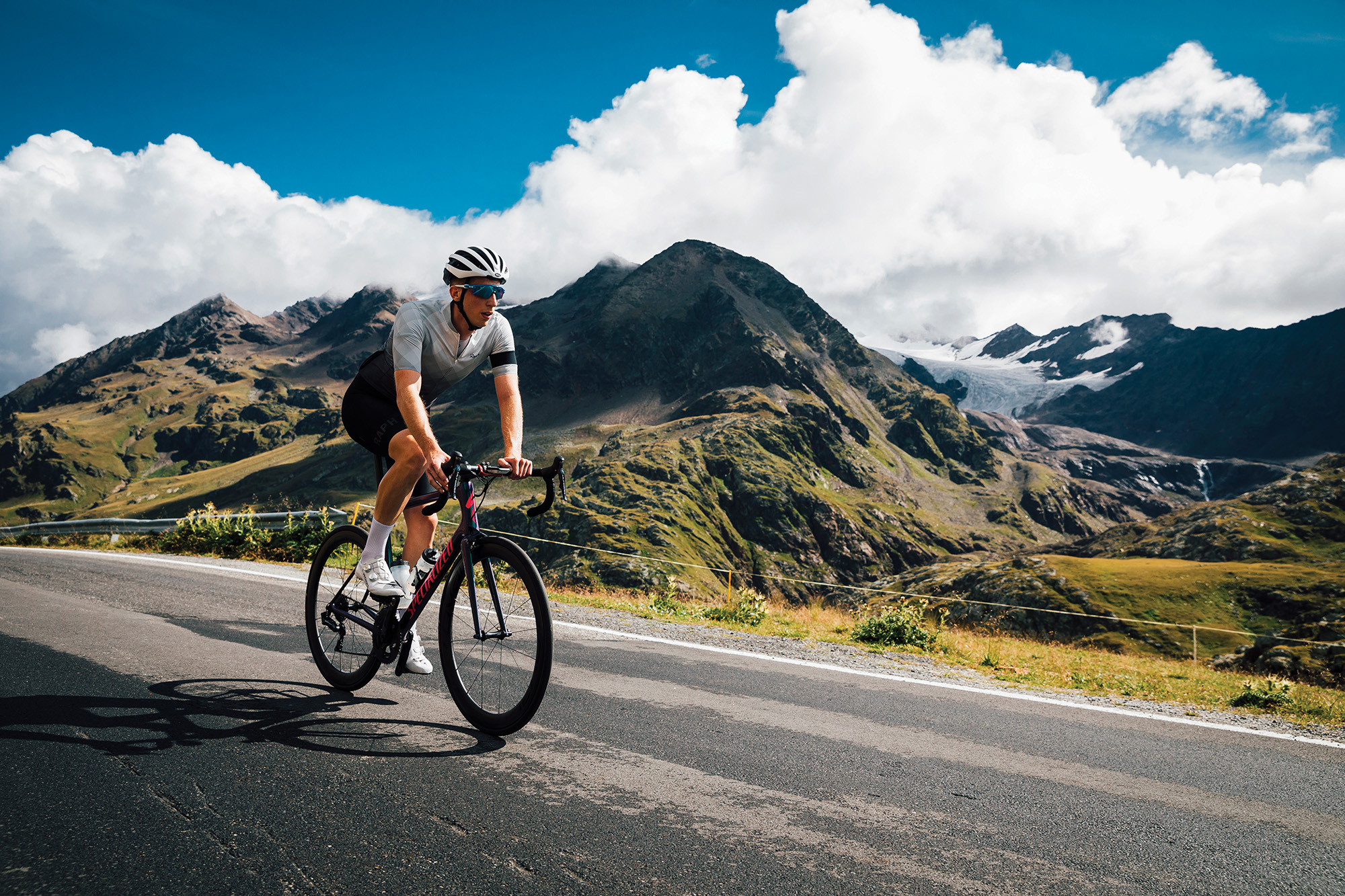
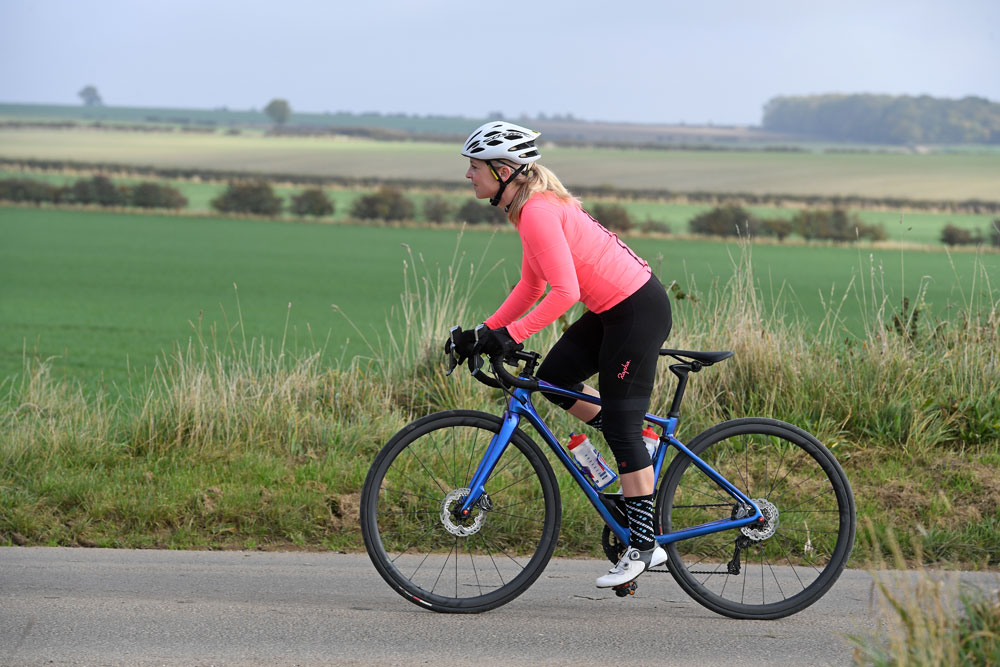
Our fascination with training techniques and hunting out marginal gains borders on consumeristic excess — the more we spend, the faster it’ll make us, we hope.
Many of us spend money on increasingly elaborate training tools, apps and online diaries, as well as obsessively reading research material. Delving into the world of sports science, planning our training and even getting out on the bike to do a session can feel increasingly, even overwhelmingly complicated. Does it really have to be this way?
>>> Destroy and rebuild – an adventure race across Britain
It wasn’t always so; reports of some of the greatest names in cycling show that training used to be a much more straightforward affair. “Ride as much or as little, as long or as short as you feel. But ride,” said Eddy Merckx.
When asked how to go about improving as a bike rider, Fausto Coppi replied, “Ride a bike, ride a bike, ride a bike.”
Dr Jamie Pringle, head of science and technical development at the Boardman Performance Centre admits, “There are people out there whose job is to literally make it more complicated!” Plenty of consumers are willing to pay for this pointlessly complex ‘expertise’ and products. On the flip side, there are many people who dedicate their working lives to translating complicated research into applicable, effective advice — Pringle is one such person. And even he acknowledges, best is often simplest.
“I’ve been through three Olympic cycles now,” says Pringle, who previously worked as head of science for British Athletics, and before that as lead physiologist for the English Institute of Sport. “Keeping it simple was essentially my job. A lot of people would be really surprised at how important keeping it simple is in professional and Olympic sports.”
Get The Leadout Newsletter
The latest race content, interviews, features, reviews and expert buying guides, direct to your inbox!
In the lead-up to a big competition, even the best athletes in the world are susceptible to worries about their form and the temptation of a ‘magic bullet’ training technique that will take them to the next level. “Pressure to do something new gets higher the closer you get to the Olympics,” explains Pringle, “but all we need athletes to do at that stage is to keep doing what they are doing and deliver the performances that by that point we know they are capable of.”
>>> Subscriptions deals for Cycling Weekly magazine
While ‘marginal gains’ is now an overused buzz-phrase, Pringle flips it on its head: “Never mind the marginal gains, manage the big losses.” It is here that amateur riders stand to gain even more than professionals. Some riders become so focused on the minutiae of their training plan that they overlook the big-ticket items like consistency of training or amount of rest. “Before you can look at marginal gains, you need to minimise the obvious mistakes,” says Pringle.
Just do it!
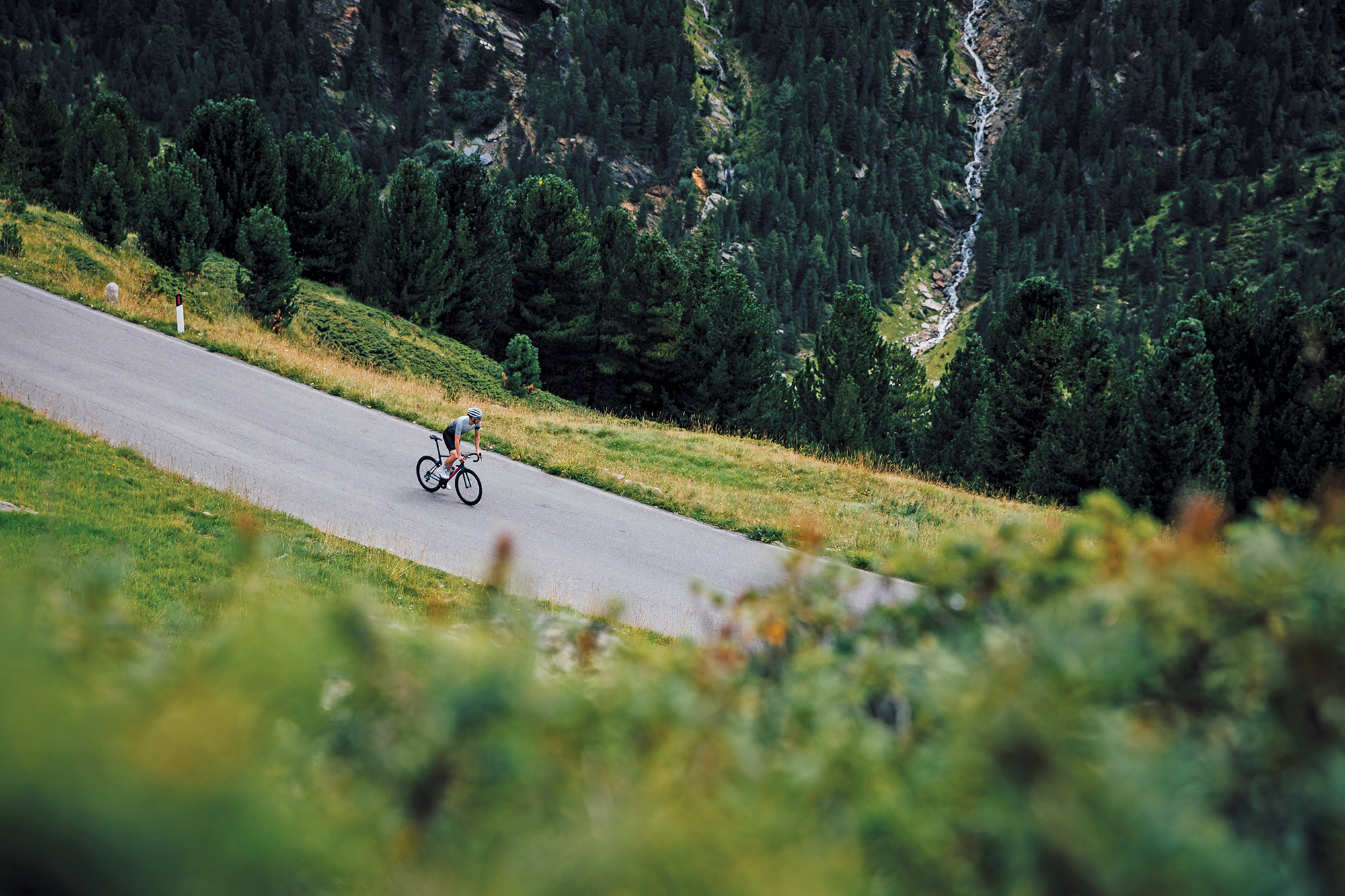
For the cyclist trying to juggle work, family and social life alongside training, it is more important to find ways to fit in consistent regular rides than it is to worry too much about completing complicated workouts. Doing something, pretty much anything, regularly is better than doing one really tight well-structured session only now and again. Surprisingly perhaps, this attitude is supported by the science.
“You just need to do stuff!” says Pringle. A research paper published in the Journal of Strength and Conditioning Research in April 2019, looked at the accumulated training of 85 elite and world-class distance runners, and found that total training volume is the single greatest determinant of performance. Volume — doing lots of stuff, albeit without overtraining, of course. That is about as simple as it gets.
>>> Cycling Weekly is available on your Smart phone, tablet and desktop
Distance running and endurance cycling, while obviously different, share enough similarities that we can reasonably expect a similar correlation: the more you do, the fitter you get — with a few important caveats. Pringle’s practical advice to coaches was that total volume is a “fundamental need”; however, here comes the first caveat: “The flip side to doing stuff is doing too much,” explains the researcher. “You can become tired and over-trained.”
Though volume was the metric highlighted in the paper, it is volume “plus a judicious amount of high-intensity work around bio-mechanical load and speed work,” that cyclists should aim for, says Pringle. But what does a ‘judicious’ amount of high-intensity work look like? There is no avoiding a certain amount of complexity; annoyingly, it is not just ‘ride a bike, ride a bike, ride a bike’ after all.
Interval time

The body is highly adaptable. “Throw any stimulus at it and it will adapt, but throw too much and it comes at a cost of fatigue,” says Pringle. In its simplest form, interval training is periods of high-intensity work broken up with periods of easier riding or rest. “Interval training is highly important as it makes greater amounts of stimulus possible. The important thing to address is the balance between fatigue and stimulus.”
Mixing up periods of hard effort and recovery has always been part of riding a bike. In a more or less structured fashion, interval training was in use before heart-rate monitors or power meters were readily accessible. High-intensity effort is a key way to get fitter, that is not in any doubt. So if some form of intervals is important, what is the simplest way of doing it?
A pre-power meter training adage was ‘when you are going hard, go harder; when you are going easy, go easier’ — in basic terms, this refers to the polarisation of training stresses. The key to adaptation and to effective intervals is the polarisation of effort, going hard enough in the hard parts and easy enough in the easy parts. However, ‘hard’ and ‘easy’ are too vague to capture the detail.
“There are critical thresholds in training stimulus, such as lactate steady state, and the consequences of going above them can be quite costly,” says Pringle. It is starting to sound complicated again. Power meters can be a big help in this regard. “Precision and control, that’s what modern technology gives us,” adds the scientist. This matters most when your total volume of training is high. “The more training you are doing, the more carefully you have to control it.”
Too much information
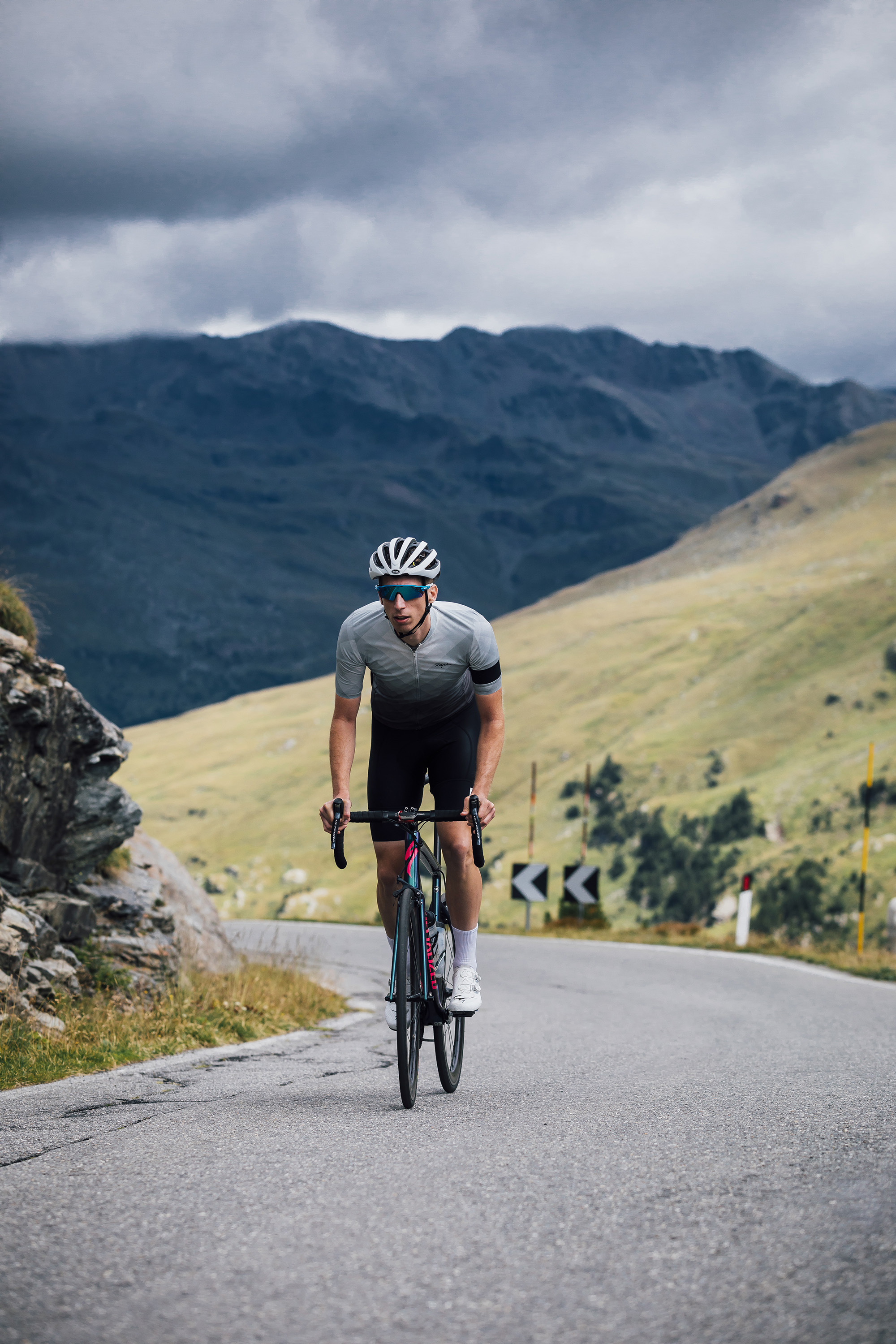
If a training plan looks simple, you may have doubts it will work; you might even feel that the coach hasn’t earned their money — that is, if it isn’t littered with micro-length intervals and at least half a dozen different training zones. Not so long ago, riders were writing the outline for their training sessions on the back of an envelope or a Post-it Note taped to the stem. But with increasingly complicated sessions, you need to upload them to your (very expensive) bike computer to stand a chance of following them.
Former pro rider and cycle coach James Spragg agrees: “Training is getting more complicated because some coaches increasingly feel that the more complicated a session, the better it is! That probably couldn’t be further from the truth.”
Spragg has an MSc in applied sport science as well as having had the practical experience of being a pro. “One of the big challenges for a coach is being the filter, taking complicated knowledge and translating it into a simple plan the rider can apply out on the road,” he says.
Spragg believes simplicity works to the benefit of the athlete and the coach: “I’m a big fan of keeping it simple! The underlying physiology of training is already massively complicated; individuals and their responses are massively complex — let’s not make it any harder!”
Reducing the number of elements in a session helps a coach assess training’s effectiveness: “By giving simple sessions, we can assess much better what is working and what isn’t. If I throw every training zone under the sun at you in one training session, it creates such a muddled picture, we can’t work out what is working and what isn’t.”
Creating a plan is mainly about balancing the stress or stimulus needed for adaptation with the amount of fatigue your body can handle. This is how Spragg sets training: “I take the principles that we know are most effective across a wide range of athletes and tailor them to the individual. A polarised approach seems to work best for the majority of people.”
Polarised training — varying the intensity — has a lot of research evidence to back it up but is essentially a simple way of balancing on the tightrope between enough stimulus to adapt and get fit, and not so much stimulus you end up tired. “Eighty-to-20 is widely suggested: 80 per cent low intensity endurance and 20 per cent high intensity efforts,” says Spragg. “This came from research that suggested one session in five should be high intensity.”
For cyclists, we don’t tend to measure high versus low intensity as percentage split, but by using power meters we can see how much time we spend in each zone, across a session or week of training.
Training can be summed up very simply — do enough to get fitter but not so much you get tired — but when you start breaking it down to how that is achieved it can quickly get very complicated indeed! However, one thing all coaches seem to agree on is that the simpler the sessions are, the more likely riders are to adhere to them. When you have limited time to train, you don’t want to spend half of that time working out what it is you have to do!
This feature originally appeared in the print edition of Cycling Weekly, on sale in newsagents and supermarkets, priced £3.25.

Thank you for reading 20 articles this month* Join now for unlimited access
Enjoy your first month for just £1 / $1 / €1
*Read 5 free articles per month without a subscription

Join now for unlimited access
Try first month for just £1 / $1 / €1
Hannah Reynolds interest in cycling began while studying for a degree in Sports Science at the University College Chichester and surrounded by elite level cyclists. She is now undertaking a PhD at Sheffield Hallam University investigating the use of e-bikes by older people.
A committed dabbler whose passion outweighed her talent Reynolds has competed across all disciplines of cycling bar BMX. In the very distant past she has been south-east road race champion, southern cyclo-cross champion and finished third in the European 24hr Solo mountain-bike champs in 2011. She was also the Fitness Editor of Cycling Weekly for 15 years.
Hannah Reynolds is author of several cycling books, France-en-Velo a guide to the ultimate 1000 mile cycle route from the Channel to Med; Britain's Best Bike Ride. LEJOG1000; A 1000 mile journey from Land's End to John o' Groats and 1001 Cycling Tips.
-
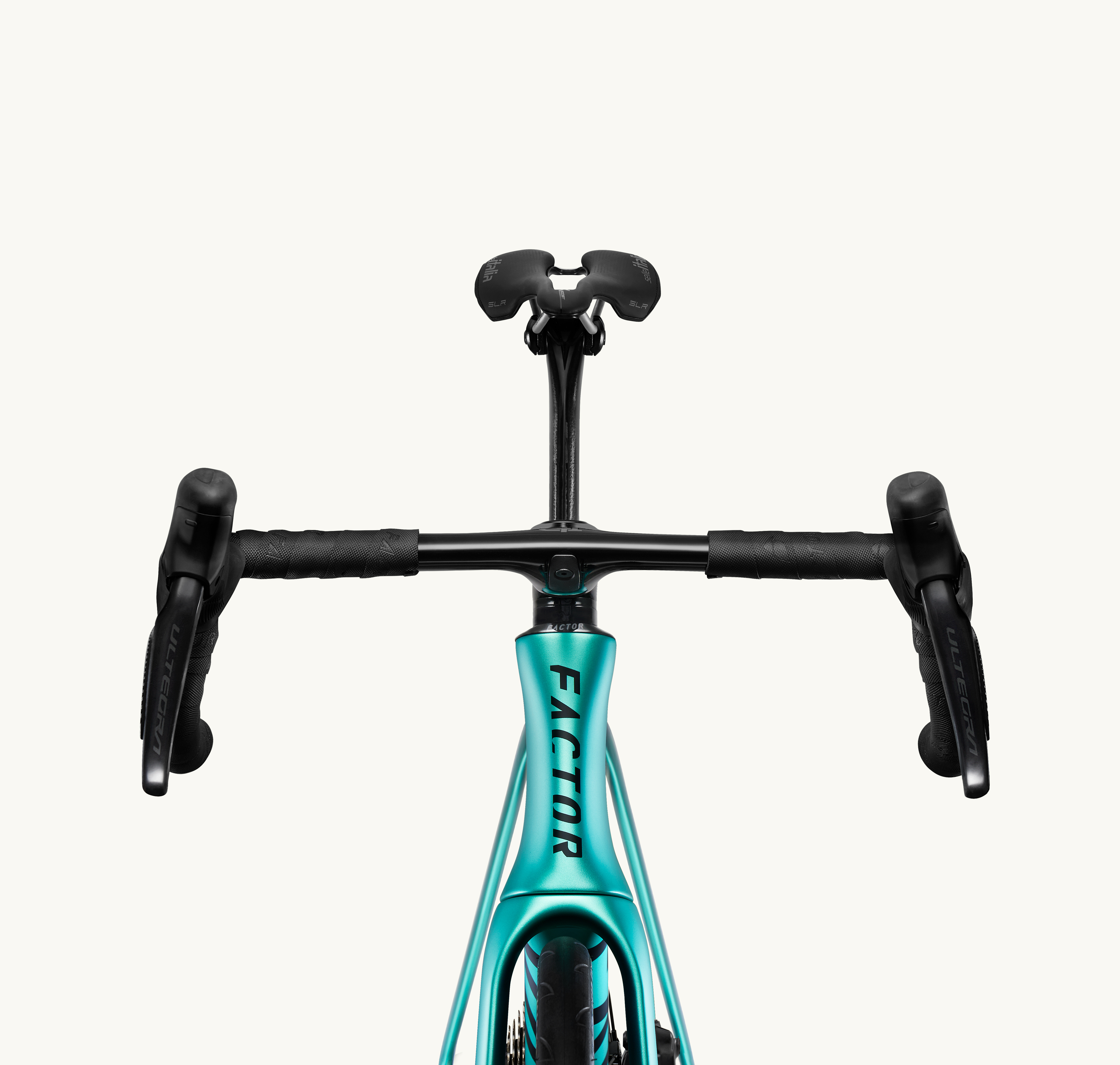 Factor launches it’s new Monza: a cheaper more practical bike, designed to fit more racers
Factor launches it’s new Monza: a cheaper more practical bike, designed to fit more racersFactor's new Monza, promises more bang for buck, for more people, without losing the character that makes the OSTRO VAM one of the highest performance bikes on the World Tour
By Luke Friend
-
 'It took everything' - Puck Pieterse outclimbs Demi Vollering to win La Flèche Wallonne
'It took everything' - Puck Pieterse outclimbs Demi Vollering to win La Flèche WallonneDutch 22-year-old shows Classics pedigree with first one-day victory
By Tom Davidson